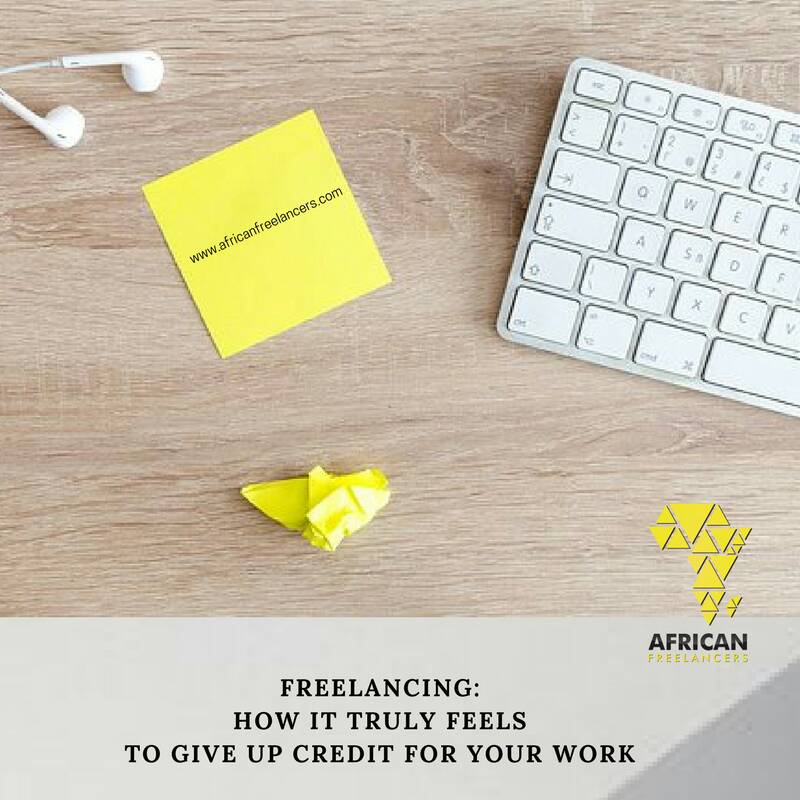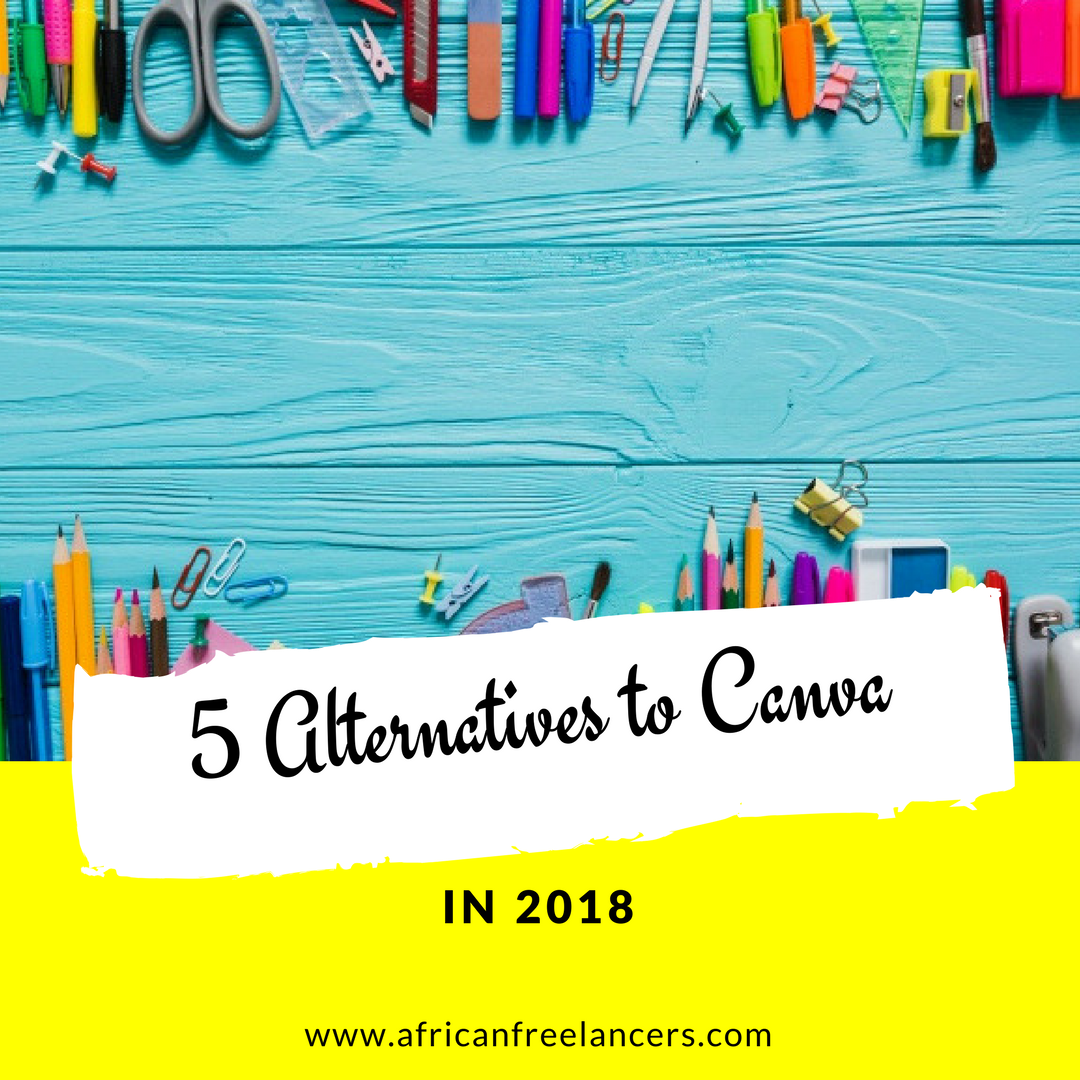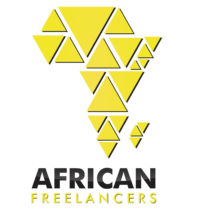According to research by McKinsey in 2022, there will be around 500 million freelancers working and earning online by 2030. We are just five years away from that time. So, you might be the next set of people seeking to transition from a traditional 9-5 job to full-time freelancing. If you’ve wondered how to become a freelancer, this article shows you the practical steps to transition to freelance work.
Why should I consider being a freelancer? You might ask because, like every kind of work, freelancing comes with its unique structure and expectations. Check out the top questions many African freelancers have.
Many people choose freelancing because of the comfort and flexibility of freelance work. Not to mention how remote work became more popular after COVID-19 nearly put the world on pause. A disclaimer: going into freelancing to escape from work stress might not be a solid reason to transition to freelancing; it sure comes with its challenges, but it is nothing to worry about. There are freelancing tips that can help you have a wonderful freelance experience.
How to Transition to Freelance
There is no better time to freelance than now that the world has moved its activities online. Many physical retail stores have extensions in the form of online stores, which means they would need online workers. Let’s look at some practical steps to start your freelance journey.
Assessment
Before starting your transition to freelance work, carrying out a self-assessment of your work interests and the skills you have should be a priority. You don’t want to be caught unprepared when you’ve left everything to pursue freelancing. You could start by asking yourself the following questions:
- Why do I want to leave my current job?
- Do I have any marketable skills?
- What do I enjoy doing the most?
- What are the industries or niches I am interested in?
- What are my financial objectives as a freelancer?
Develop a Skill
Once you have successfully asked and answered the questions above, you are on your way to knowing how to get into freelance. The most important question that would determine your next few decisions largely depends on the niche and industry you are interested in.
After that is decided, you will need to build and develop the required skills in your chosen field. The next step is to spend quality time improving on those skills, which can be easily done with a series of online courses, workshops, and some video content from places like YouTube and many more. To complete your journey of building your required skills, get a mentor or a voice in the field.
Create a Financial Back Up
You could ask any established freelancer; few people made it big the first time they started. Sometimes, they experienced a slow start, and sometimes, there was so much that they needed to improve their management skills to get it all done and avoid burning out.
Right before your complete transition to freelance work, it is advised to save up about 4 to 6 months salary from your 9-5 so you won’t get stranded while you’re building your new work life. Having an emergency back-up fund, if you’d like to call it that, helps keep you in a safety net and reduces the financial frustrations of transitioning. Some freelancers even begin their transition before leaving their 9-5 completely.
One financial tip that might come in handy is cutting out some unnecessary living costs to help cushion your new cost of work, like data bills and light bills, because you’ll need them more than you do while working a 9-5.
Build a Personal Brand
Having a personal brand and commanding a strong online presence gives you an edge as a freelancer. Build your brand through professional websites and social media. You don’t want to be someone whose social media has been left to “grow weed.” Be active, and let people get to know you through your social media profiles.
Showcase your skills on these platforms, share testimonials, and offer some volunteer services to friends and families to increase your portfolio.
Set your Rates
Many people start freelancing without thoroughly researching how rates are set in their chosen industry. And the result? They get underpaid. Check out this article on how to set your rates as a freelancer.
After setting your rates, join professional communities, meet people in the same field, and begin your freelancing part-time. Don’t quit your 9-5 immediately to focus on freelancing; quit after having an established client and a stable income.
Final Thoughts
Freelancing isn’t a bed of roses, especially at the beginning, so you should be fully armed before heading in. The greatest warlords calculate and have strategies before going into a war. Knowing how to transition to freelance involves careful step-by-step planning that can help you have a smooth transition experience. Visit our website to check out more blogs that can help you transition to freelancing seamlessly.





